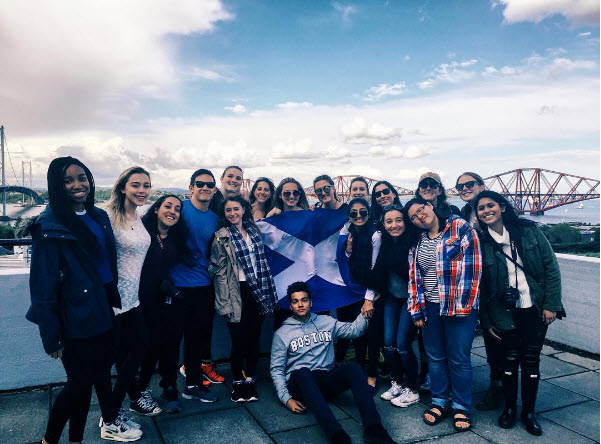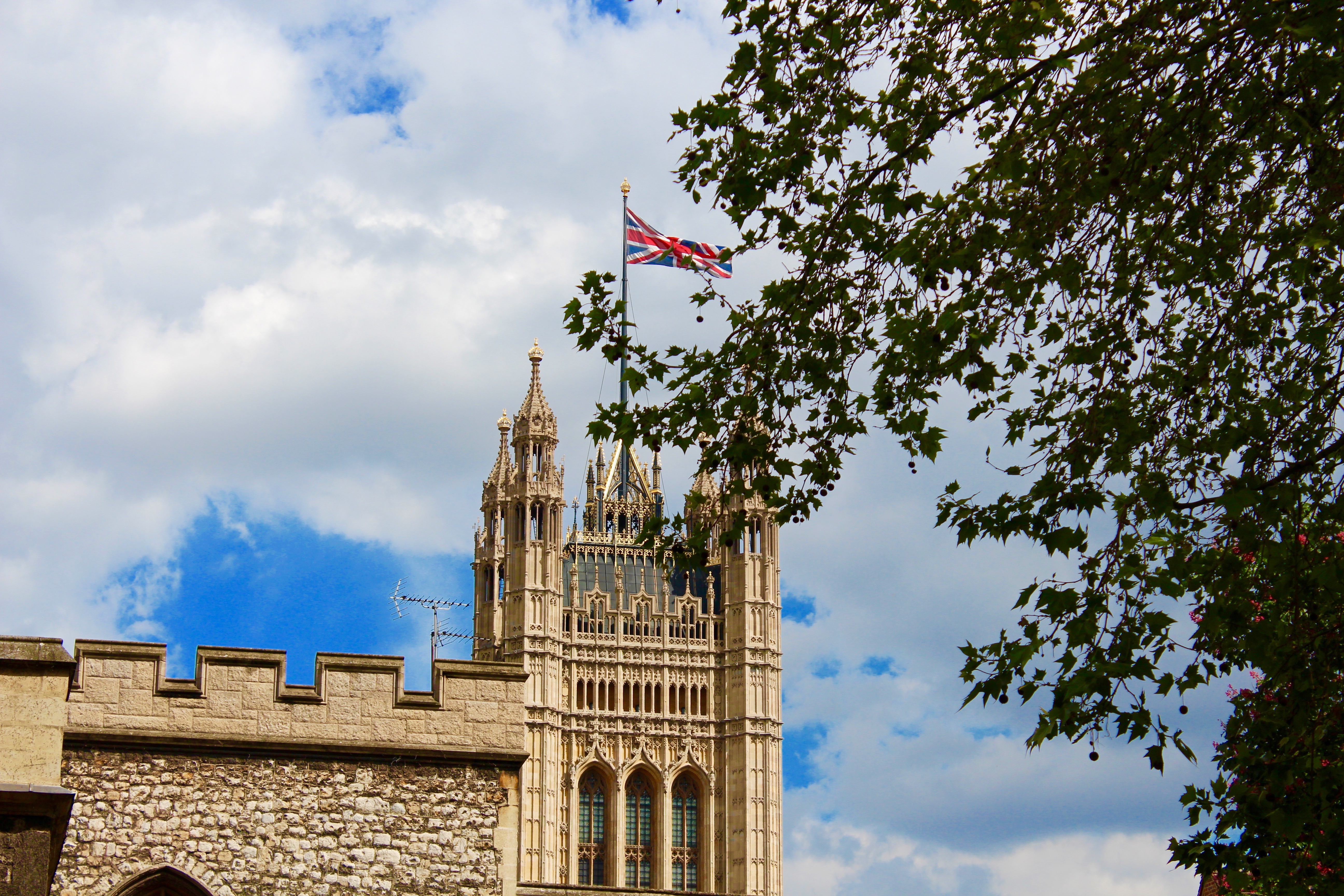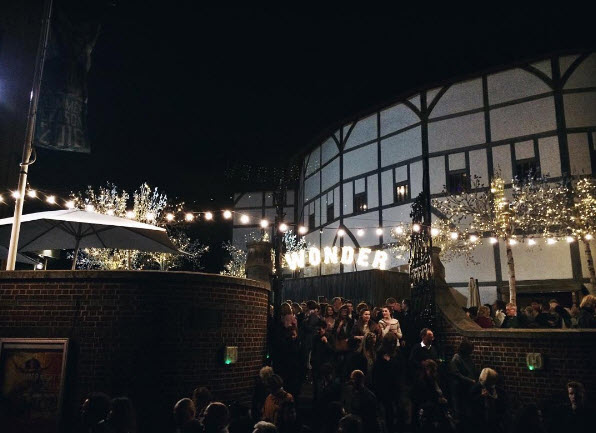Week 2: Boston-London Program
On Week Two of their semester in London, Boston-London Program students enjoyed some sunny days exploring London, studying for their classes, and taking in the history and literature of Great Britain.
The weekend’s relaxation included a trip to Scotland to see Edinburgh and to take in the wild mountains and skies of Scotland.


At the start of the week, students took an architecture tour of Westminster Abbey, a masterpiece of Gothic architecture founded in 960 AD by Benedictine monks. The guide reminded students that Prince William and Kate Middleton were married in Westminster Abbey and that the church is the coronation site and final resting place of the Kings and Queens of Great Britain. Students saw the graves of storied scientists such as Isaac Newton and Charles Darwin and snapped pictures of the 226-feet tall exterior.



Cultural outings and readings are part of the London experience as well. The 19th-century poetry of Blake, Wordsworth, and Keats is part of this week’s curriculum for one student team as others read Stephen Crane’s Maggie: A Girl of the Streets and Dostoyevsky’s Notes from Underground. Students had the option of visiting Shakespeare’s Globe theater to see a performance of A Midsummer Night’s Dream, one of the plays that students are studying in their class, and seeing a performance of Three Penny Opera, a play by Bertolt Brecht.

The Churchill War Rooms gave students a glimpse into the harrowing decisions and strategy of World War II. In these rooms, Churchill and his cabinet made crucial decisions about how to keep England safe and advance the war effort. The War Rooms visit synced well with visits to the Imperial War Museum, where students learned more about the experience of modern war, and their readings on the experience and history of 20th century wars. In their intensive classes, students discussed the World War One novel All Quiet on the Western Front and the themes of imperialism and World War One. Adam Gopnik’s New Yorker essay, “Stones and Bones,” and other readings gave students a framework to think about memorials and their place in national mourning. Students also visited the National Maritime Museum where they enjoyed the galleries and exhibits of the world’s largest maritime museum.
And of course, a visit to London should include time in Kensington Gardens, a 265-acre Royal Park where students can enjoy a morning run and find Kensington Palace, the Italian Gardens, the Albert Memorial, and the Diana, Princess of Wales Memorial Playground.

